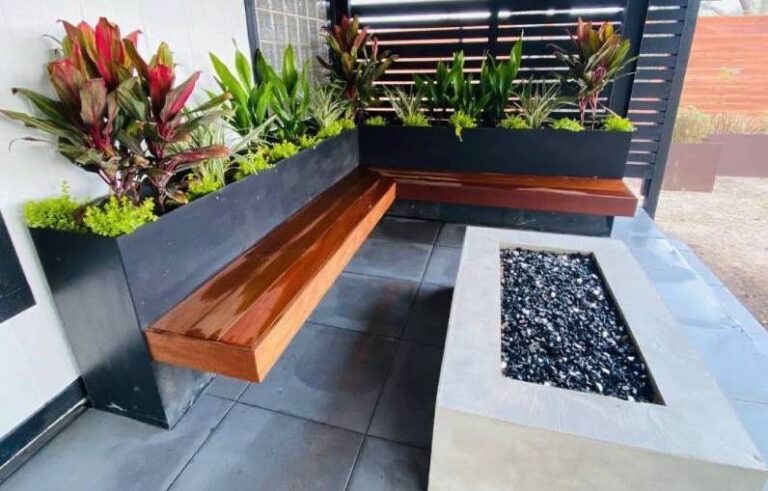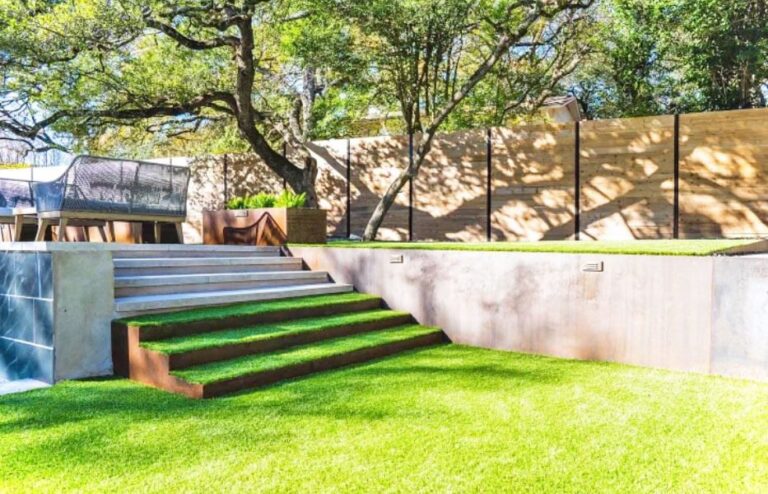Wood is a Timeless and Versatile Material that Has Been Used in Landscaping and Architecture for Centuries
The Longevity of Wood in Landscaping
When it comes to the lifespan of wood in outdoor environments, several factors come into play. From the type of wood to the maintenance practices, each element contributes to the overall durability of wood structures. Let’s delve into the various aspects that influence how long wood can last in a landscaping context.
Wood Species
Different wood species have varying levels of natural resistance to decay and insects. Some species, such as cedar and redwood, are known for their natural durability and can withstand outdoor exposure for extended periods. On the other hand, softer woods like pine may require more frequent maintenance to prolong their lifespan in outdoor settings.
Treatment and Preservation
Applying treatments and preservatives to wood can significantly extend its lifespan. Pressure-treated wood, for example, undergoes a process where preservatives are forced into the wood fibers, making it more resistant to decay, rot, and insect damage. Likewise, regular maintenance, such as staining and sealing, can protect wood from the effects of weathering and prolong its longevity.
Environmental Conditions
The local climate and environmental conditions in Lakeway (78734), can impact the lifespan of wood structures. Exposure to intense sunlight, high humidity, heavy rainfall, and temperature fluctuations can accelerate the natural aging process of wood. Proper design, placement, and maintenance are essential for ensuring the longevity of wood in such environments.
Maintenance Practices
Regular maintenance is crucial for extending the lifespan of wood in landscaping. This includes cleaning, resealing, and addressing any signs of damage promptly. By staying proactive with maintenance, homeowners can mitigate the effects of wear and tear, thus prolonging the lifespan of their wood structures.
Choosing the Right Wood for Your Landscape
When planning your landscape architecture projects, it’s essential to select the right type of wood based on your specific needs and preferences. Consider the following factors when choosing wood for outdoor applications:
– Durability: Opt for wood species known for their natural resistance to decay and insects, especially for structures exposed to the elements.
– Aesthetic Appeal: Choose wood that complements the overall design and style of your landscape, considering factors such as color, grain pattern, and texture.
– Maintenance Requirements: Assess the level of maintenance required for different wood species and select one that aligns with your maintenance capabilities and preferences.
Concluding perspectives
The longevity of wood in landscaping depends on various factors, including the wood species, treatment and preservation methods, environmental conditions, and maintenance practices. By appreciating these elements, homeowners can make informed decisions when incorporating wood into their landscape architecture projects. Whether it’s a durable cedar deck or a charming wooden pergola, the right choice of wood and proper care can ensure a lasting and visually appealing outdoor space for years to come.
Contact Us Today
If you’re ready to enhance your outdoor living space with high-quality wood structures and professional landscaping services, Sullivan’s Landscaping & Lawn Service is here to help. Contact us today to discuss your landscaping needs and explore our range of expert solutions tailored to meet your requirements.






